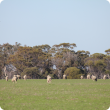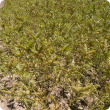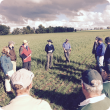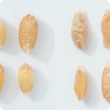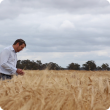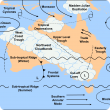Filter by regions:
- (-) Remove Great Southern filter Great Southern
- (-) Remove Wheatbelt filter Wheatbelt
- South West (828) Apply South West filter
- Mid West (794) Apply Mid West filter
- Goldfields-Esperance (741) Apply Goldfields-Esperance filter
- Peel (700) Apply Peel filter
- Perth regions (557) Apply Perth regions filter
- Gascoyne (488) Apply Gascoyne filter
- Pilbara (452) Apply Pilbara filter
- Kimberley (447) Apply Kimberley filter

